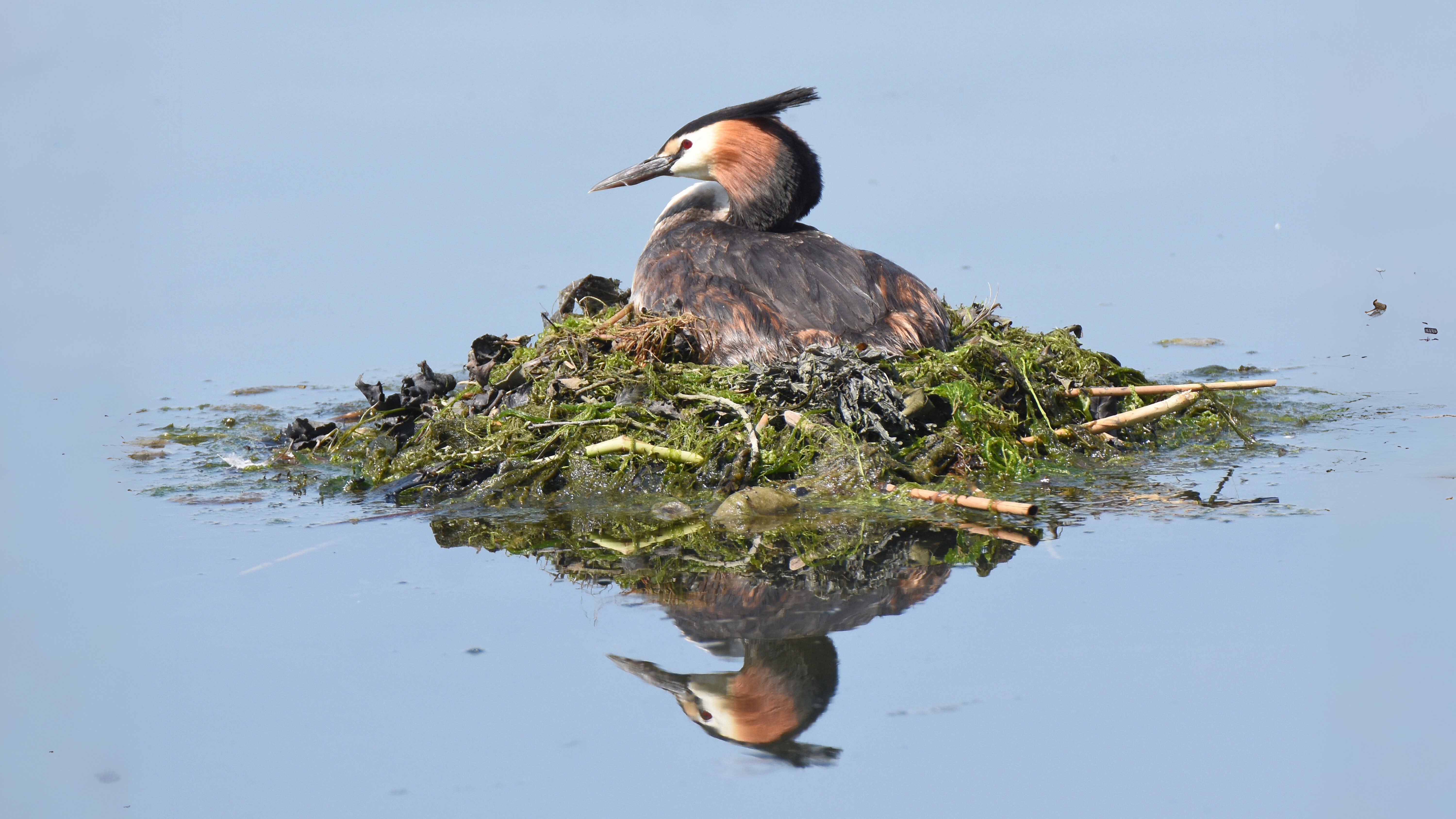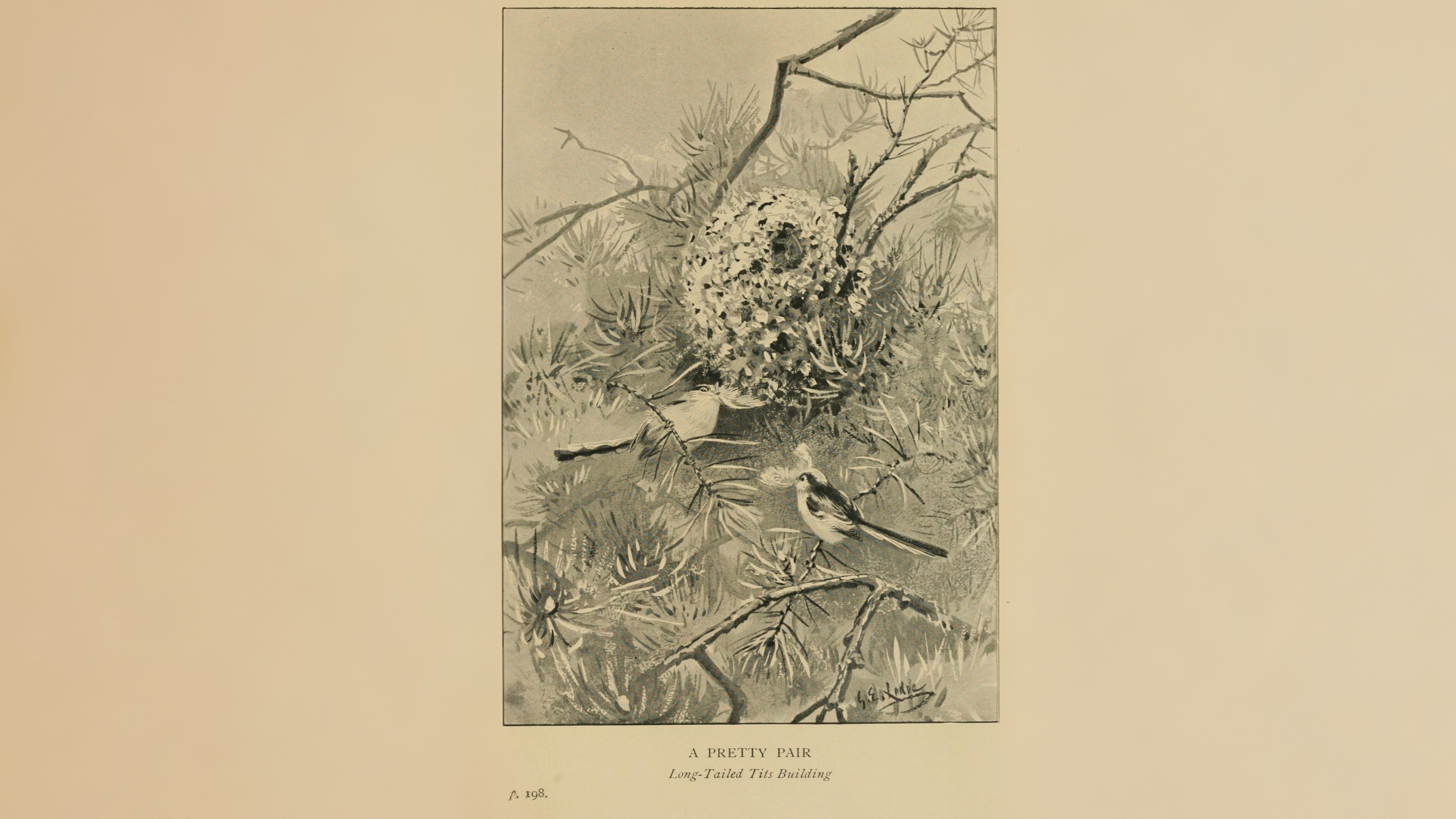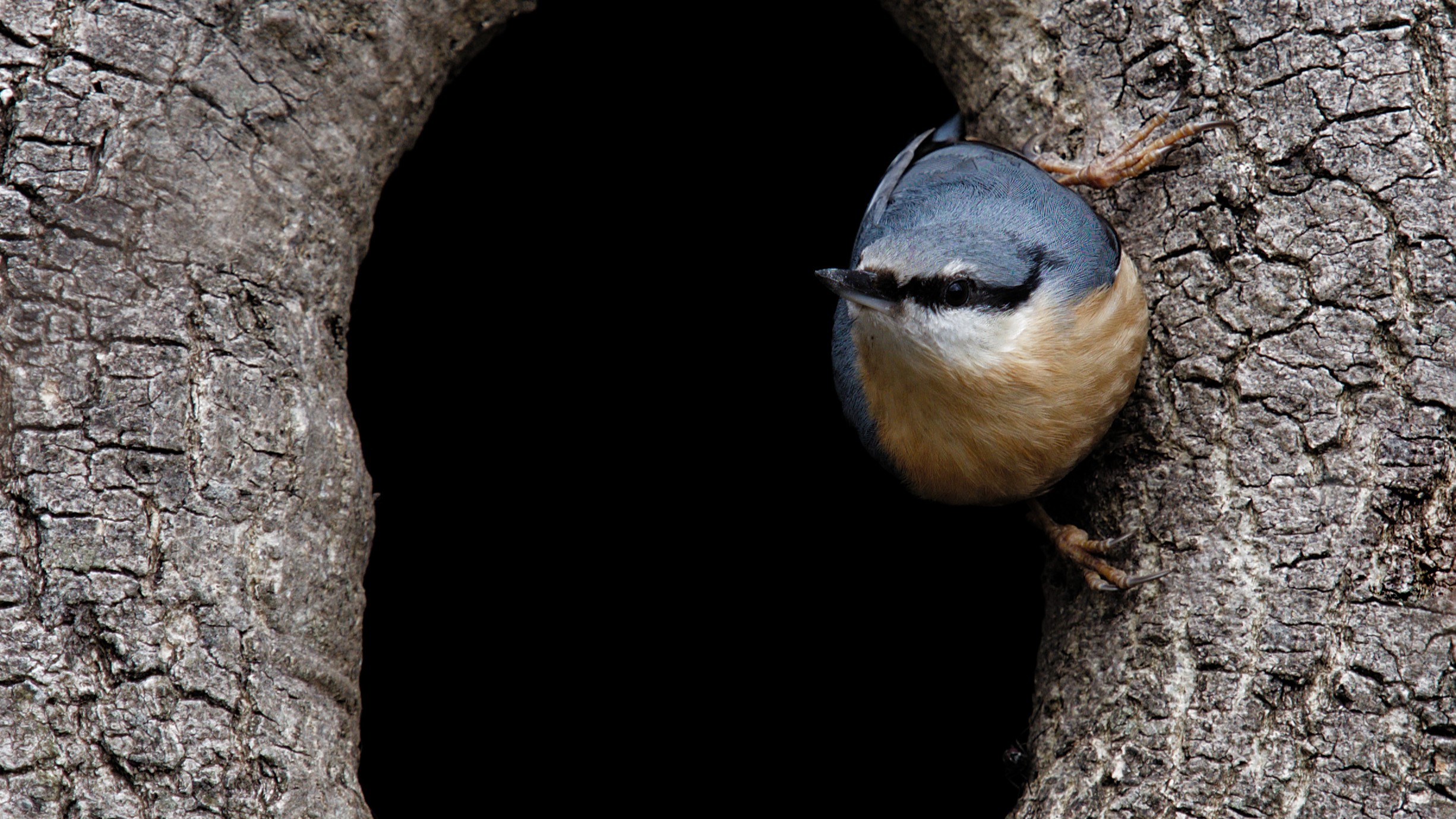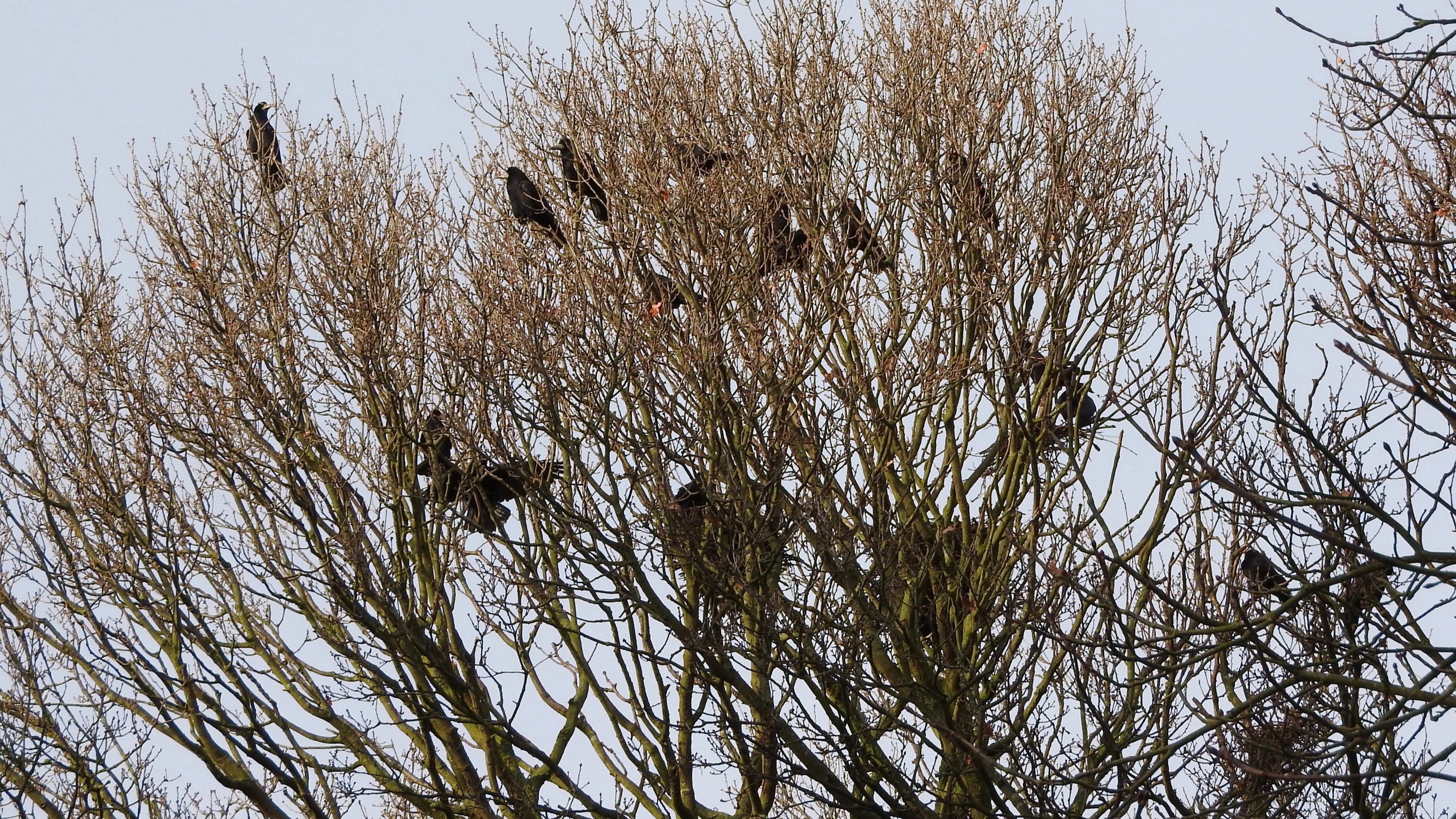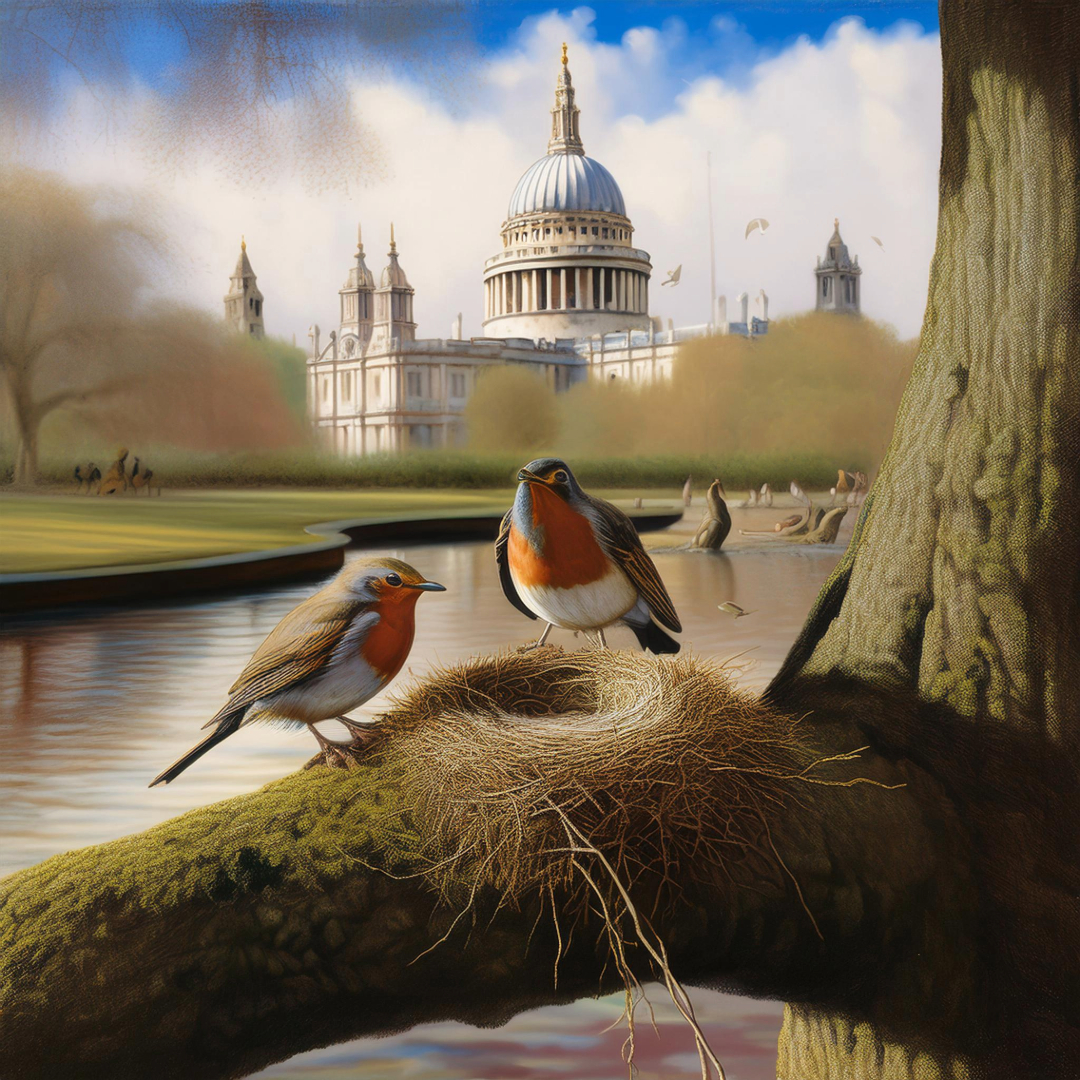
Join us on 09 March as we delve into the fascinating world of bird nests in London. Discover where to spot robins, song thrushes, and long-tailed tits gathering materials, and learn about the surprising habitats chosen by kingfishers, sand martins, and grebes. We’ll also take you inside the bustling rookeries, where rooks engage in lively skirmishes over twigs and tenderly care for their mates.


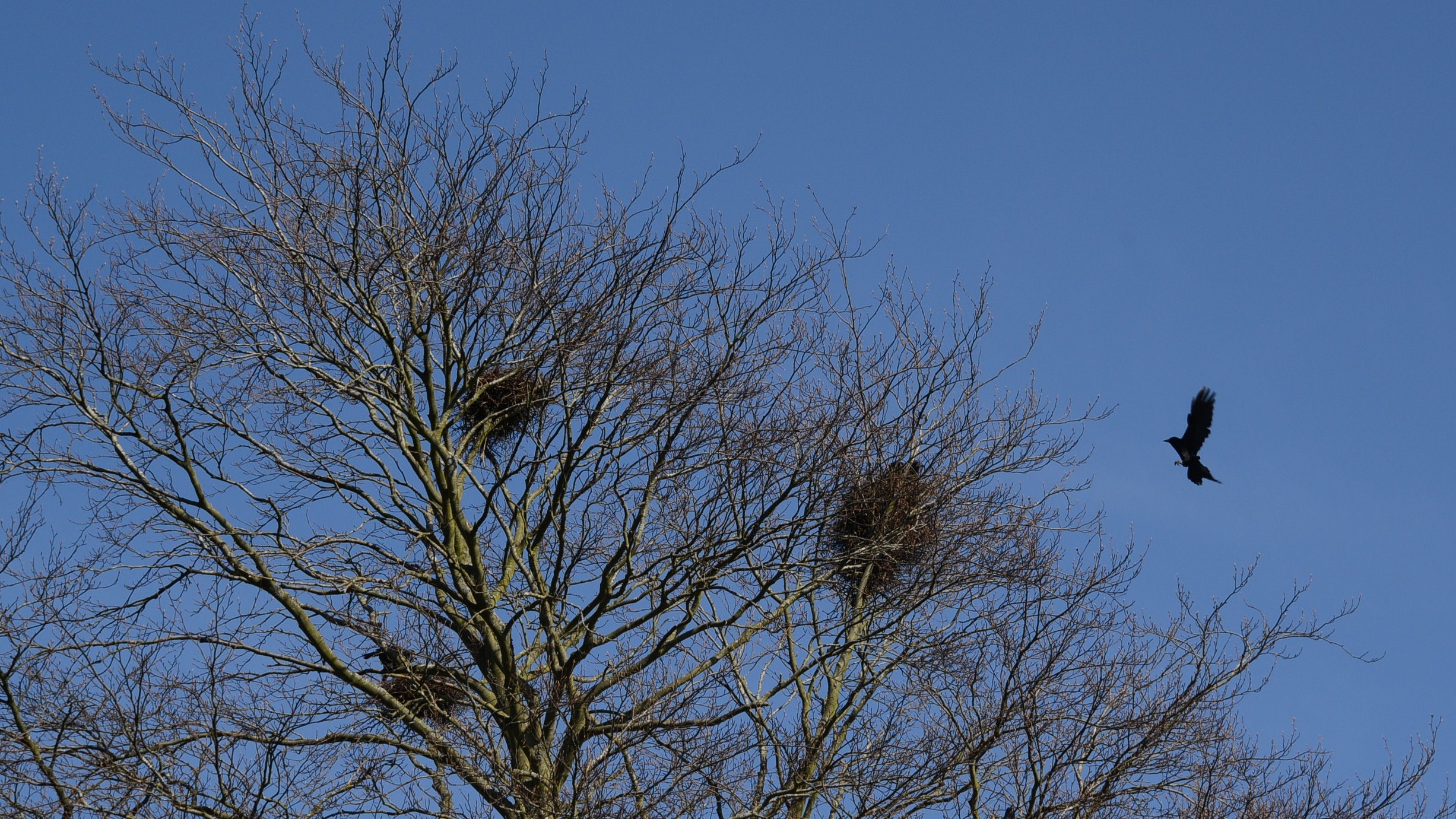

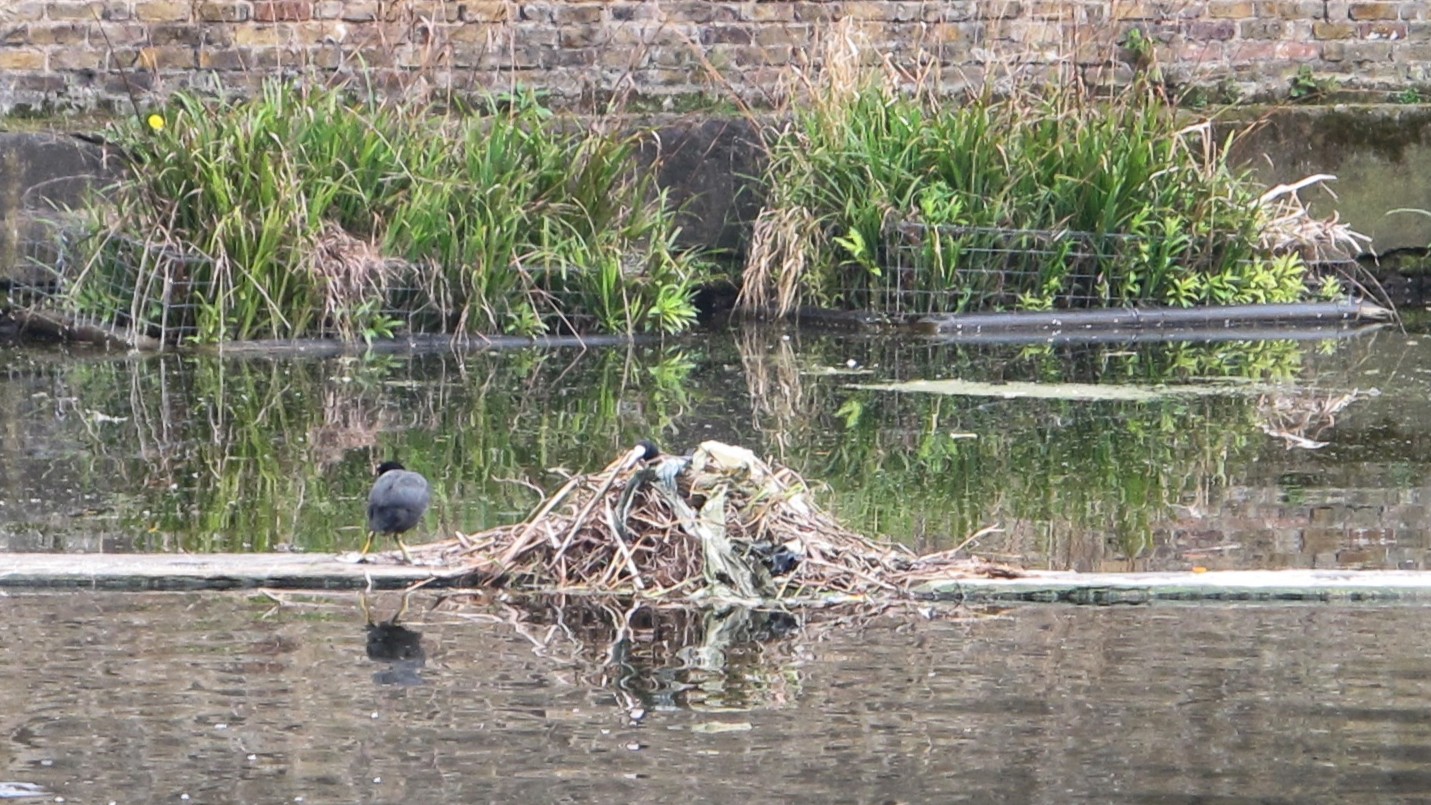

Other unusual habitats chosen as nesting sites are shingle banks and quarries. Ring plovers are attracted to them now and jackdaws next month. Collared doves prefer hedges, mistle thrushes strong forks in trees and magpies and feral pigeons all manner of different holes. It is also worth checking old abandoned crow and magpie nests as well as squirrel dreys as they are sometimes commandeered by the same birds or possibly owls.
